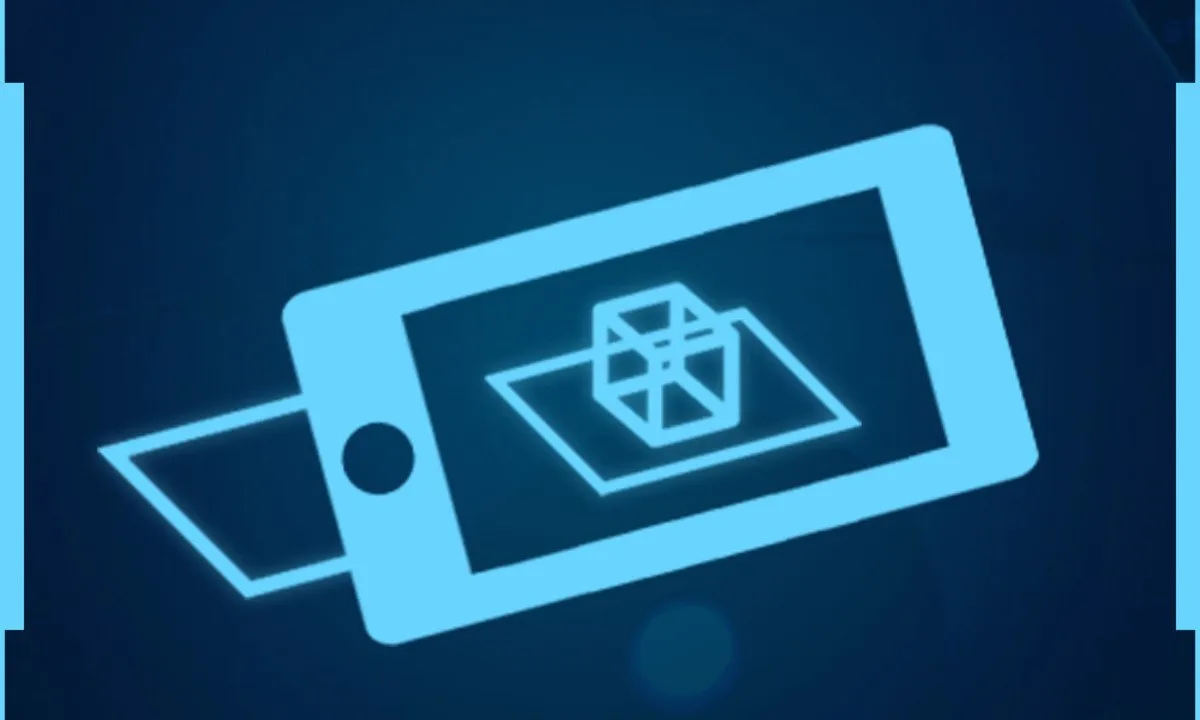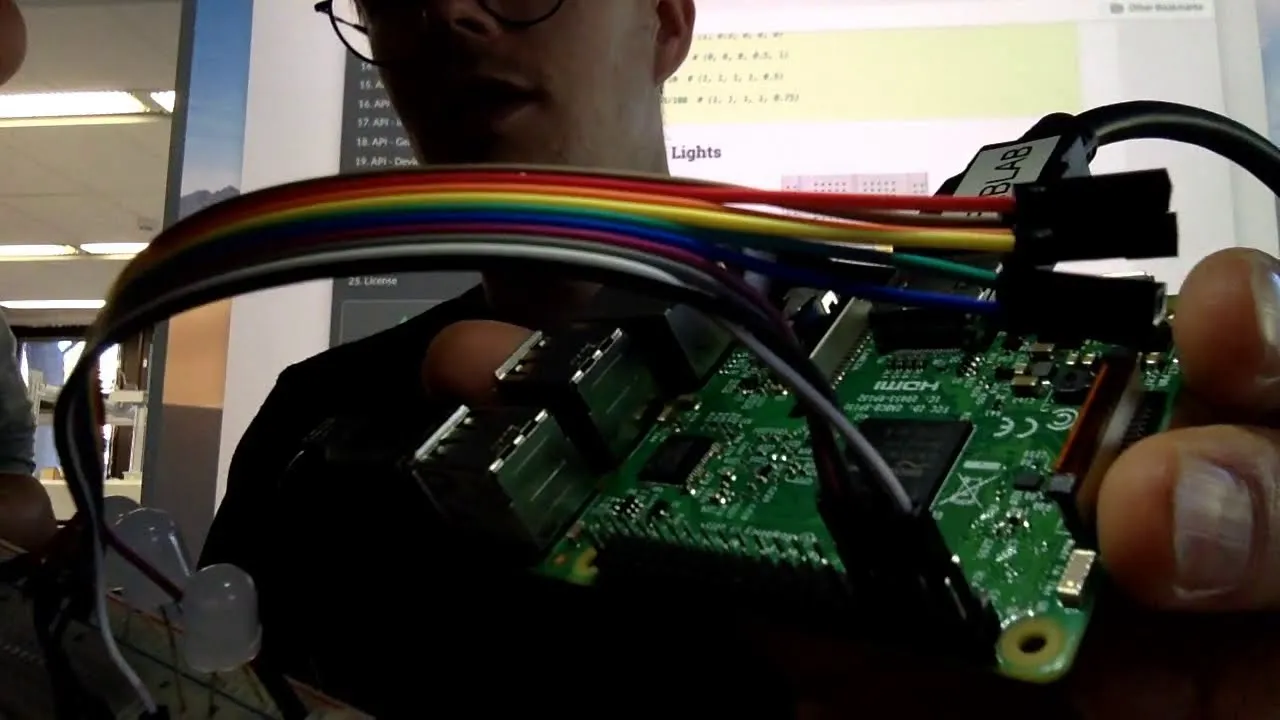
Handheld AR App Development with Unity 
This course teaches you how to create mobile AR applications in Unity for iOS and Android devices. You'll learn about Unity's AR Foundation, ARKit, and ARCore, and how to use them to develop your own AR applications. Unlock the potential of Augmented Reality and transform how you interact with the world. ▼
ADVERTISEMENT
Course Feature
![]() Cost:
Cost:
Free
![]() Provider:
Provider:
Coursera
![]() Certificate:
Certificate:
Paid Certification
![]() Language:
Language:
English
![]() Start Date:
Start Date:
2nd Jan, 2023
Course Overview
❗The content presented here is sourced directly from Coursera platform. For comprehensive course details, including enrollment information, simply click on the 'Go to class' link on our website.
Updated in [March 06th, 2023]
This course provides an overview of developing handheld Augmented Reality (AR) applications with Unity. Students will learn how to use Unity's AR Foundation to create AR experiences for iOS and Android devices. They will also learn about additional features in ARKit and ARCore. Using the latest techniques recommended by Unity engineers, students will build a complete AR environment that they can continue to use after the course. This course is the last of three courses in Unity's XR Specialization, which includes an Introduction to XR course as well as a course focused on developing VR applications with Unity. To complete this course, students will need a smartphone capable of running ARKit or ARCore. It is also assumed that students have experience developing applications with Unity and are comfortable with basic C# programming. Familiarity with building other types of apps to run on mobile devices is also helpful.
[Applications]
Upon completion of this course, students will be able to apply their knowledge of developing mobile AR applications in Unity to create their own AR experiences. They will be able to use the features offered by Unity's AR Foundation, as well as additional features in ARKit and ARCore, to create an immersive AR environment. Additionally, they will be able to apply best practices in user experience and interaction to their AR applications.
[Career Paths]
1. AR App Developer: AR App Developers are responsible for creating and developing augmented reality applications for mobile devices. They must have a strong understanding of Unity, C# programming, and mobile app development. As AR technology continues to evolve, AR App Developers must stay up to date on the latest trends and techniques in order to create the best possible user experience.
2. AR Designer: AR Designers are responsible for creating the visuals and user interface for augmented reality applications. They must have a strong understanding of design principles, user experience, and the latest trends in AR technology. As AR technology continues to evolve, AR Designers must stay up to date on the latest trends and techniques in order to create the best possible user experience.
3. AR Engineer: AR Engineers are responsible for developing the underlying technology for augmented reality applications. They must have a strong understanding of computer science, software engineering, and the latest trends in AR technology. As AR technology continues to evolve, AR Engineers must stay up to date on the latest trends and techniques in order to create the best possible user experience.
4. AR Product Manager: AR Product Managers are responsible for managing the development and launch of augmented reality applications. They must have a strong understanding of product management, user experience, and the latest trends in AR technology. As AR technology continues to evolve, AR Product Managers must stay up to date on the latest trends and techniques in order to create the best possible user experience.
[Education Paths]
1. Bachelor of Science in Computer Science: This degree path focuses on the fundamentals of computer science, such as programming, algorithms, data structures, and software engineering. It also covers topics such as artificial intelligence, computer graphics, and computer networks. This degree path is ideal for those interested in developing AR applications, as it provides a strong foundation in the fundamentals of computer science. Additionally, the development of AR applications is a rapidly growing field, so graduates of this degree path will be well-positioned to take advantage of the increasing demand for AR developers.
2. Bachelor of Science in Computer Engineering: This degree path focuses on the design and development of computer hardware and software systems. It covers topics such as digital logic, computer architecture, and embedded systems. This degree path is ideal for those interested in developing AR applications, as it provides a strong foundation in the fundamentals of computer engineering. Additionally, the development of AR applications is a rapidly growing field, so graduates of this degree path will be well-positioned to take advantage of the increasing demand for AR developers.
3. Bachelor of Science in Mobile Application Development: This degree path focuses on the design and development of mobile applications. It covers topics such as mobile user interface design, mobile application development frameworks, and mobile application security. This degree path is ideal for those interested in developing AR applications, as it provides a strong foundation in the fundamentals of mobile application development. Additionally, the development of AR applications is a rapidly growing field, so graduates of this degree path will be well-positioned to take advantage of the increasing demand for AR developers.
4. Bachelor of Science in Game Development: This degree path focuses on the design and development of video games. It covers topics such as game design, game programming, and game engine development. This degree path is ideal for those interested in developing AR applications, as it provides a strong foundation in the fundamentals of game development. Additionally, the development of AR applications is a rapidly growing field, so graduates of this degree path will be well-positioned to take advantage of the increasing demand for AR developers.
Course Syllabus
Laying the AR Foundation with Unity's AR Foundation Package
This module will give the you a brief history of augmented reality technologies and introduce you to the concept of SLAM (Simultaneous Localization and Mapping). We'll show you an overview of the technologies used for Mobile AR tracking and the Unity components that are used to work with Mobile AR devices. In the project work, you will create a Unity AR project from scratch using the Unity AR Foundation package and wire up enough functionality to get it running on either an ARKit or ARCore compatible smartphone. The app will allow you to pan your smartphone around to see live video of your environment on the display.Architecting AR Space - Pose Tracking and Environment Detections
In this module, you will learn how to interpret and visualize the information generated by the AR subsystem with regard to the real world geometry it has detected. In the project work, you will add trackable managers and visualizers to your scene so that you can see what the AR vision system is detecting and tracking.Designing the UX in AR - Raycast, Light Estimation, Physics and Occlusion
In this module, you will learn how to use lighting estimation, in addition to the geometry generated by the AR system, to create realistic and immersive occlusion effects. You will also learn techniques that allow Unity physics objects to interact with the detected geometry through screen touches or physics. The result will be that the robot in the virtual scene will match the environment more realistically as the scene lighting is adjusted to correspond to measured lighting conditions. You will also be able to move the robot around using the touchscreen, and place the robot behind surfaces so that it’s partially occluded.Advanced AR
In this module, we will look at features of ARCore and ARKit that are not yet supported by AR Foundation. In our final lesson, we'll learn about AR design best practices recommended by Unity.Course Provider

Provider Coursera's Stats at AZClass
Discussion and Reviews
0.0 (Based on 0 reviews)
Explore Similar Online Courses

Building Web Interface with RiotjS

CBT: Cognitive Behavioral Therapy For Therapists & Coaches

Python for Informatics: Exploring Information

Social Network Analysis

Introduction to Systematic Review and Meta-Analysis

The Analytics Edge

DCO042 - Python For Informatics

Causal Diagrams: Draw Your Assumptions Before Your Conclusions

Whole genome sequencing of bacterial genomes - tools and applications

Learn Unity 3D and C# By Making a Full Game (2023)

Asset Creation and Management


Start your review of Handheld AR App Development with Unity